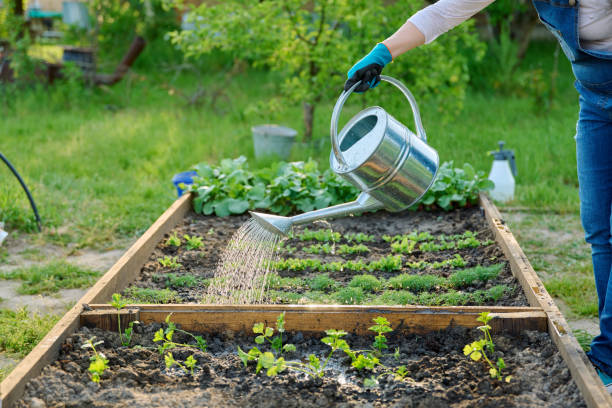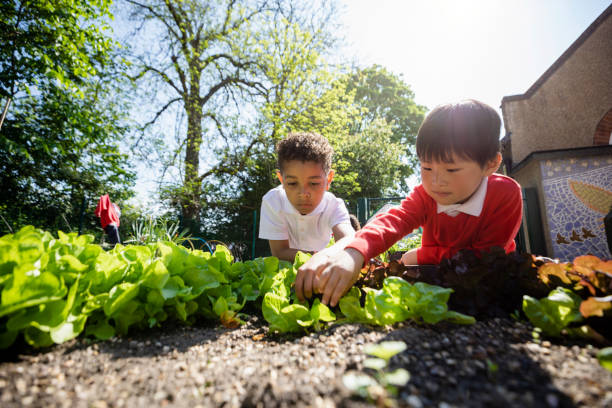No-dig gardening has become a major trend recently particularly popularized by the incredible Charles Dowding. It is a simple approach that even beginner gardeners can master.

Image Credit: Pexels
What are no-digs?
The no-dig gardening method is used largely by growers of organic vegetables but can also work on other plants. The process of no-dig gardens is to leave the soil undisturbed as much as possible.
No-dig gardens make life easier and allow soil life to flourish allowing plants to grow healthier. In simpler terms, a no-dig garden is a growing method that feeds your soil, helps control weeds and saves back on time.
No-digs feed the masses of soil life, with organic matter on the surface without the involvement of digging. They allow the natural way of organic composting to happen, where old leaves and wood materials are always decaying on top of the ground.
The goal for beginner gardeners is to start small with just one bed. This allows you to concentrate your time and resources on one small no-dig project. Starting a no-dig garden can possess a couple of benefits.

Image Credit: Unsplash
The benefits of no-dig gardens
Simple and time-saving
Starting a no-dig garden means you’ll spend less time digging, weeding and watering which is perfect for busy people. There is no soil disturbance, just mulch laid out to kill weeds. This helps with successful plantings throughout the planting season.
Bigger harvests
No-dig beds tend to produce bigger veggie harvests than those dug over. This is propelled by the excessive amount of organic composition used to make the no-dig gardens. Without the disturbance of weed removals, there is more chance for the crops to produce large luscious harvests.
Better drainage and less watering
Mulched soil helps retain moisture, meaning you need to water less. Having a no-dig approach can help improve drainage. By mulching your no-dig garden and not digging, you ensure water goes where it’s needed.

Image Credit: Unsplash
The beauty of a no-dig garden is that you can keep adding mulches of organic material each time throughout the year.
ALSO SEE:
Feature Image: Unsplash

